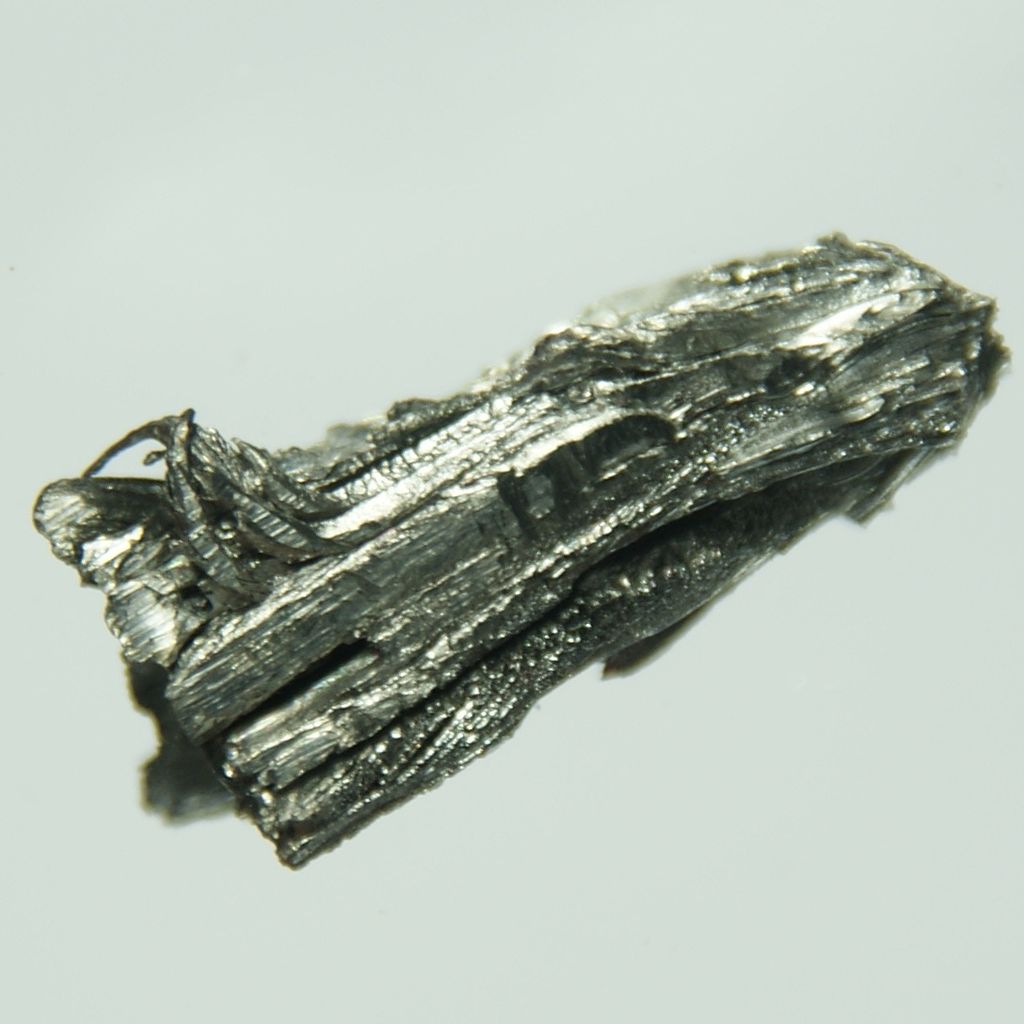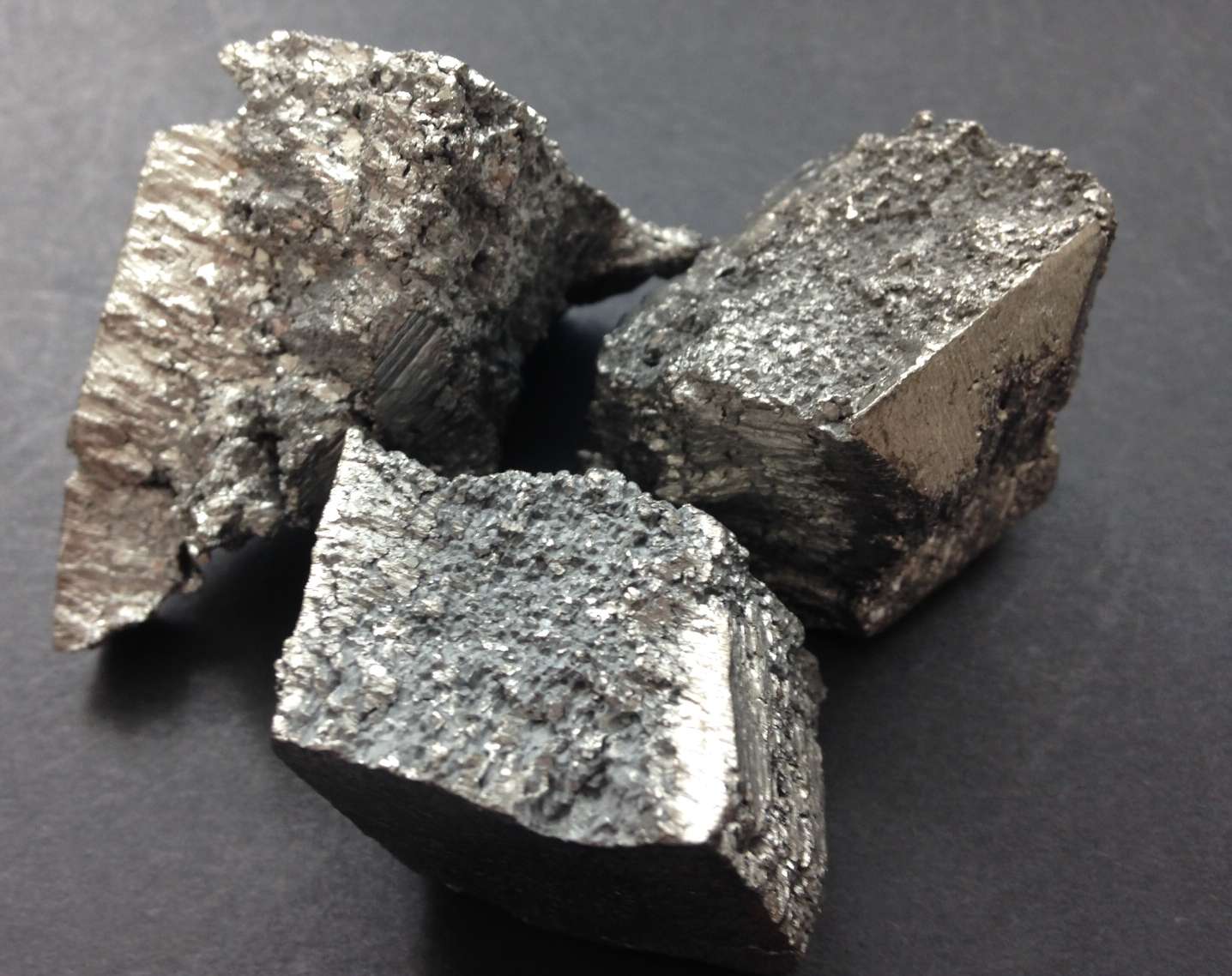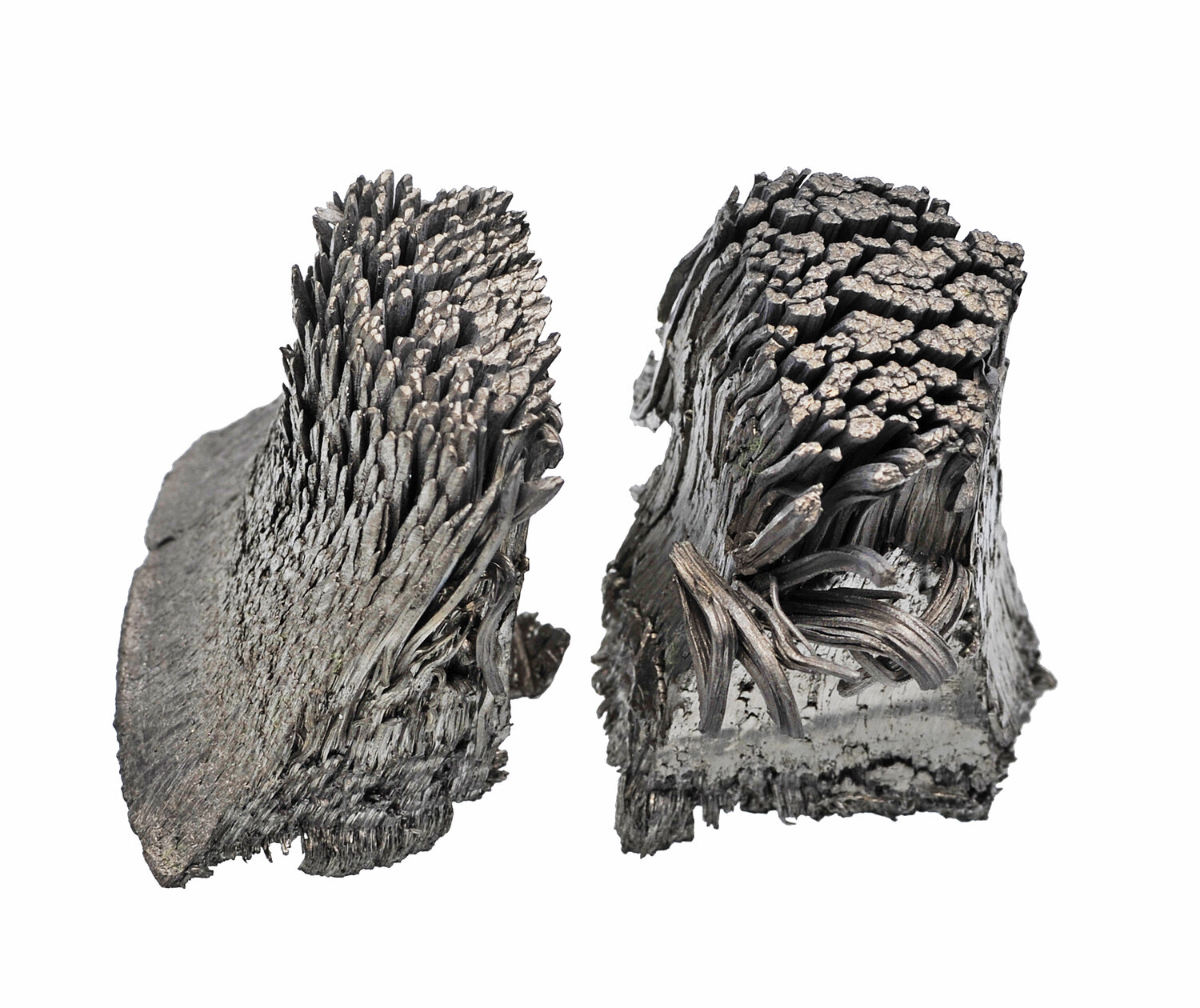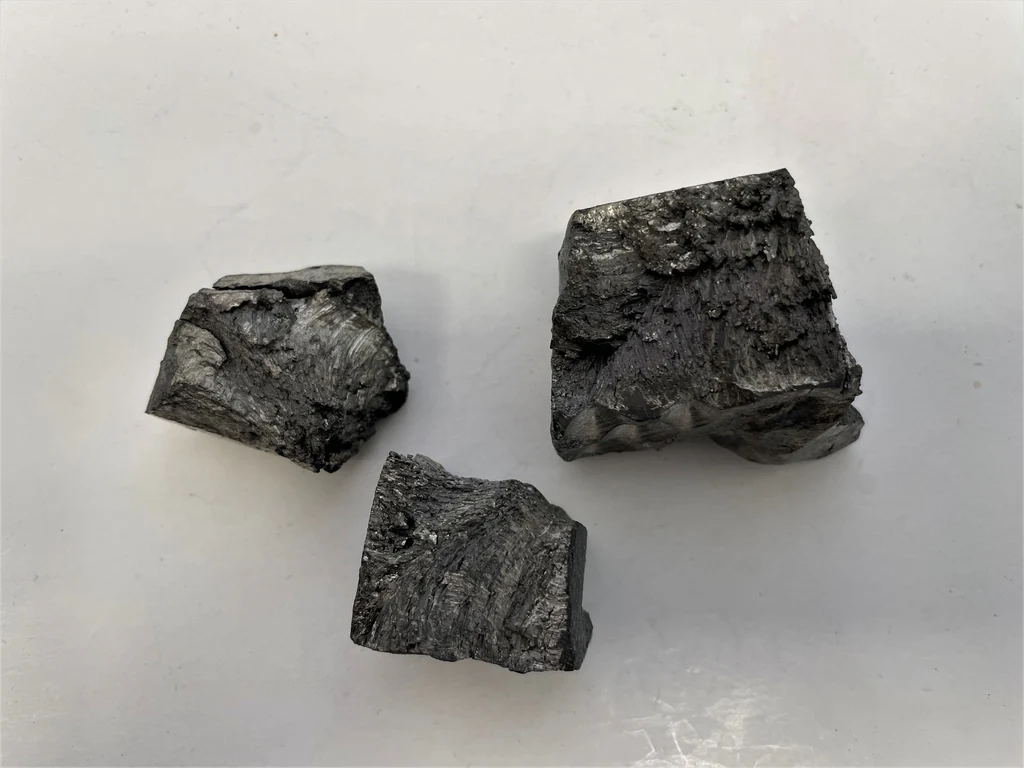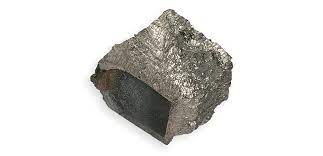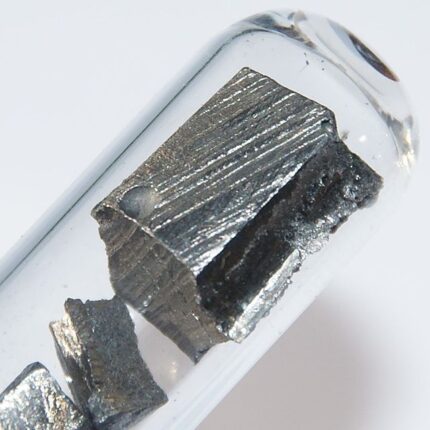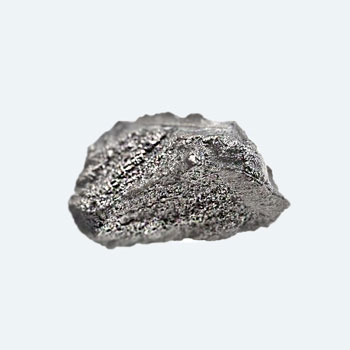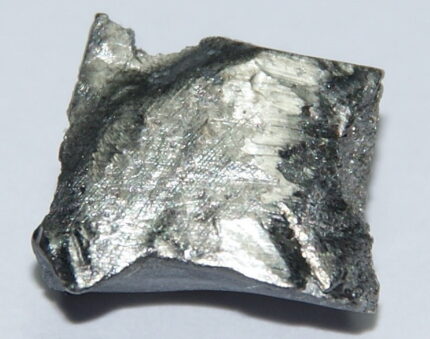Description
Dysprosium is a rare earth element with the atomic number 66 and the symbol Dy on the periodic table. It belongs to the lanthanide series and is characterized by its silvery-white metallic appearance. Dysprosium exhibits unique physical and chemical properties, notably its high melting point, which is around 1,412 degrees Celsius, and its strong magnetic susceptibility. These characteristics make it highly valuable in various industrial applications, particularly in the production of neodymium-iron-boron magnets, which are critical components in electric vehicles, wind turbines, and advanced electronic devices.
The element was first isolated in 1950 and derives its name from the Greek word “dysprositos,” meaning “hard to get,” reflecting the challenges associated with extracting and refining it from its natural mineral ores. Dysprosium is typically found in conjunction with other rare earth elements, often extracted from minerals such as bastnäsite and monazite. The growing demand for dysprosium in green technologies and renewable energy solutions has resulted in increased interest in sustainable mining and recycling efforts aimed at securing a stable supply.
Moreover, dysprosium’s applications extend beyond magnet production; it is also used in nuclear reactors as a neutron absorber and in various types of lasers and optical devices. Its role in enhancing the performance of certain alloys makes it valuable in the aerospace industry, while its incorporation in phosphors contributes to the brightness of LED lighting. As the world continues to shift towards advanced technologies and sustainable energy solutions, the significance of dysprosium is likely to grow, highlighting the need for responsible resource management and innovative extraction techniques.

